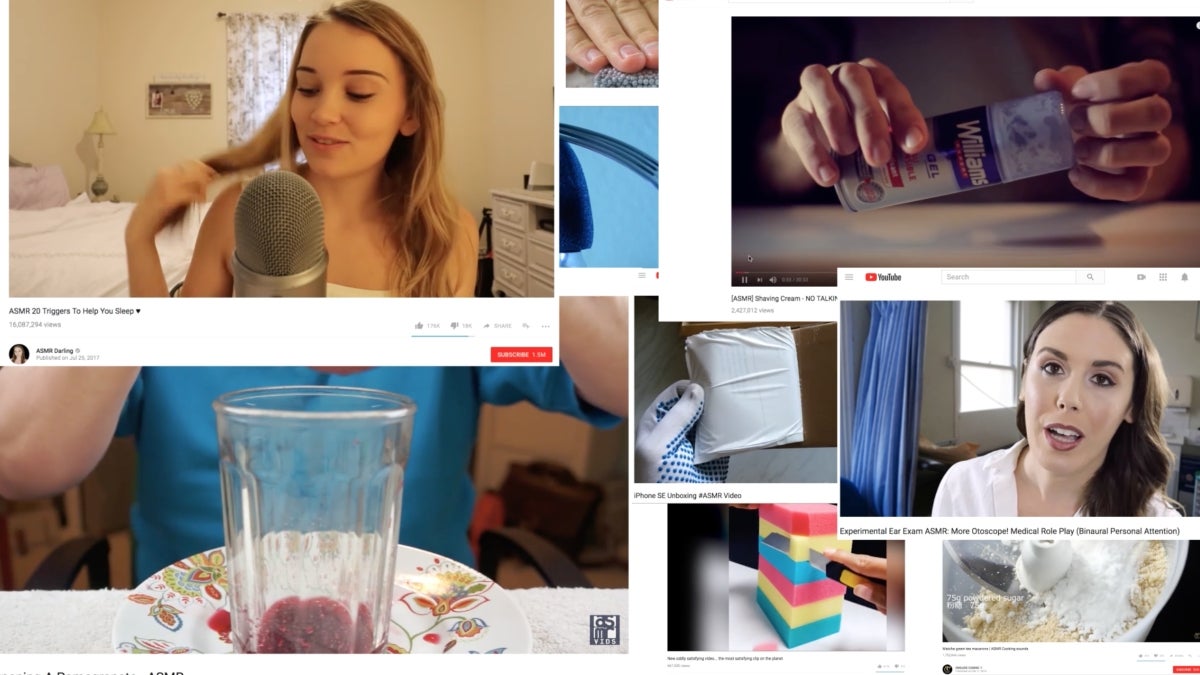Folding towels. Peeling fruit. Scratching microphones. Hearing sweet nothings whispered in your ear.
Those are the underpinnings of Autonomous Sensory Meridian Response, currently the biggest trend you've never heard of.
Coined in 2010, ASMR is a relaxing, often sedative sensation that begins on the scalp and moves down the body. It has been called "brain massage.” Hundreds of videos on YouTube are meant to stimulate the feeling — bars of soap being sliced into shreds, a woman playing with her hair, someone slowly and precisely unboxing an iPhone.
If you’re older than most “tingleheads,” PBS painting instructor Bob Ross — he of happy-clouds and pretty-little-trees fame — is ASMR from head to toe.
It’s going mainstream. Celebrities have recorded ASMR videos. Kentucky Fried Chicken has an ASMR-themed ad. (Asked about it, KFC executive Kevin Hochman told The Washington Post, "There's a lot of comfort that's associated with ASMR, and that's what our food delivers.")
Adherents say it helps them sleep and deal with stress. Some report feeling better after watching ASMR videos.
Researchers haven’t delved into how or why ASMR works (and the National Science Foundation is not exactly throwing money at it), but psychologists do have some ideas.
For a primer on what these videos are and why they may work, ASU Now talked to Ryan Stoll, a psychology researcher at Arizona State University, and interviewed a number of volunteers to gauge their reactions.
Video by Deanna Dent/ASU Now
More Science and technology

Podcast explores the future in a rapidly evolving world
What will it mean to be human in the future? Who owns data and who owns us? Can machines think?These are some of the questions pondered on a newly launched podcast titled “Modem Futura.” Co-…

New NIH-funded program will train ASU students for the future of AI-powered medicine
The medical sector is increasingly exploring the use of artificial intelligence, or AI, to make health care more affordable and to improve patient outcomes, but new programs are needed to train…

Cosmic clues: Metal-poor regions unveil potential method for galaxy growth
For decades, astronomers have analyzed data from space and ground telescopes to learn more about galaxies in the universe. Understanding how galaxies behave in metal-poor regions could play a crucial…
